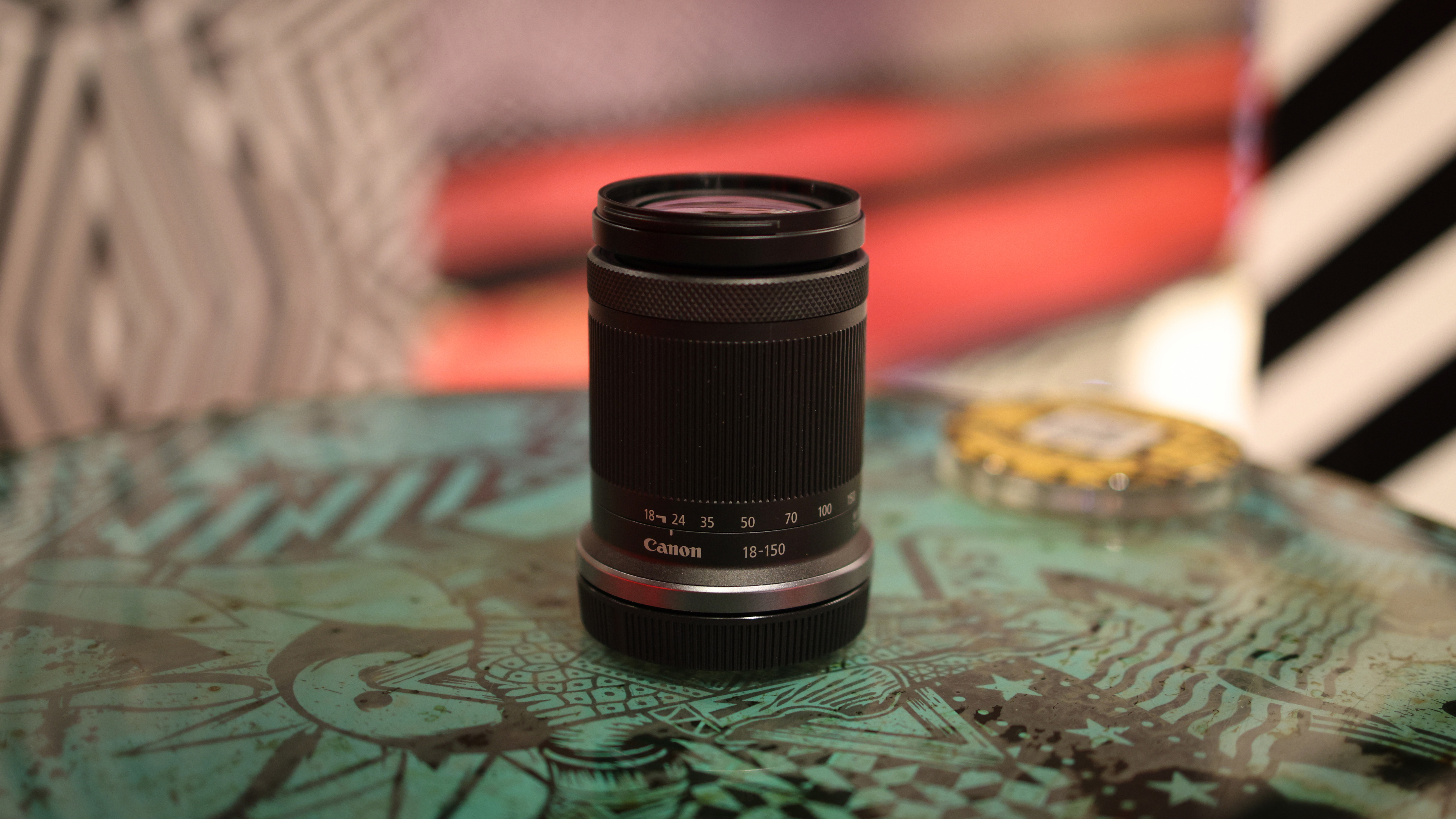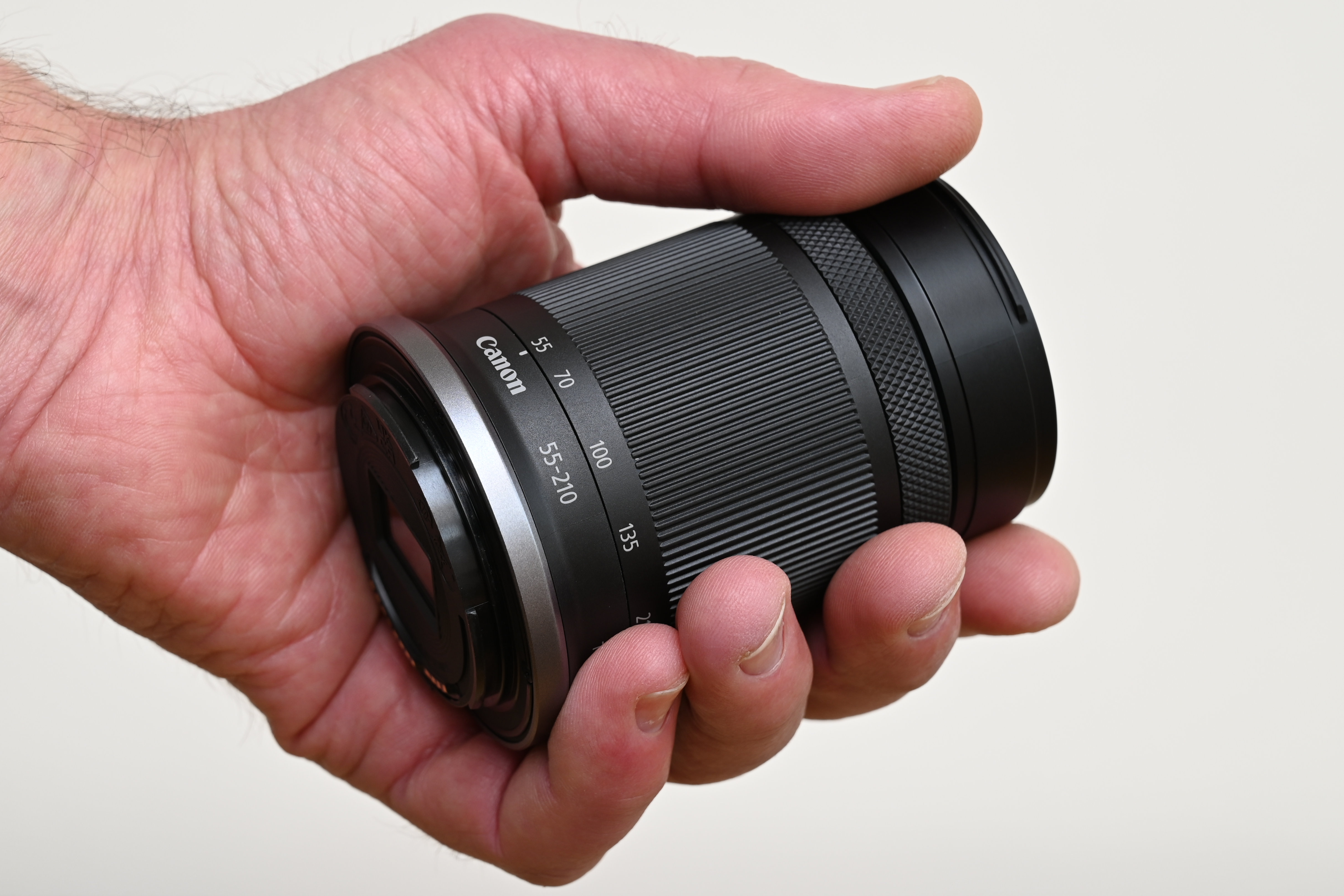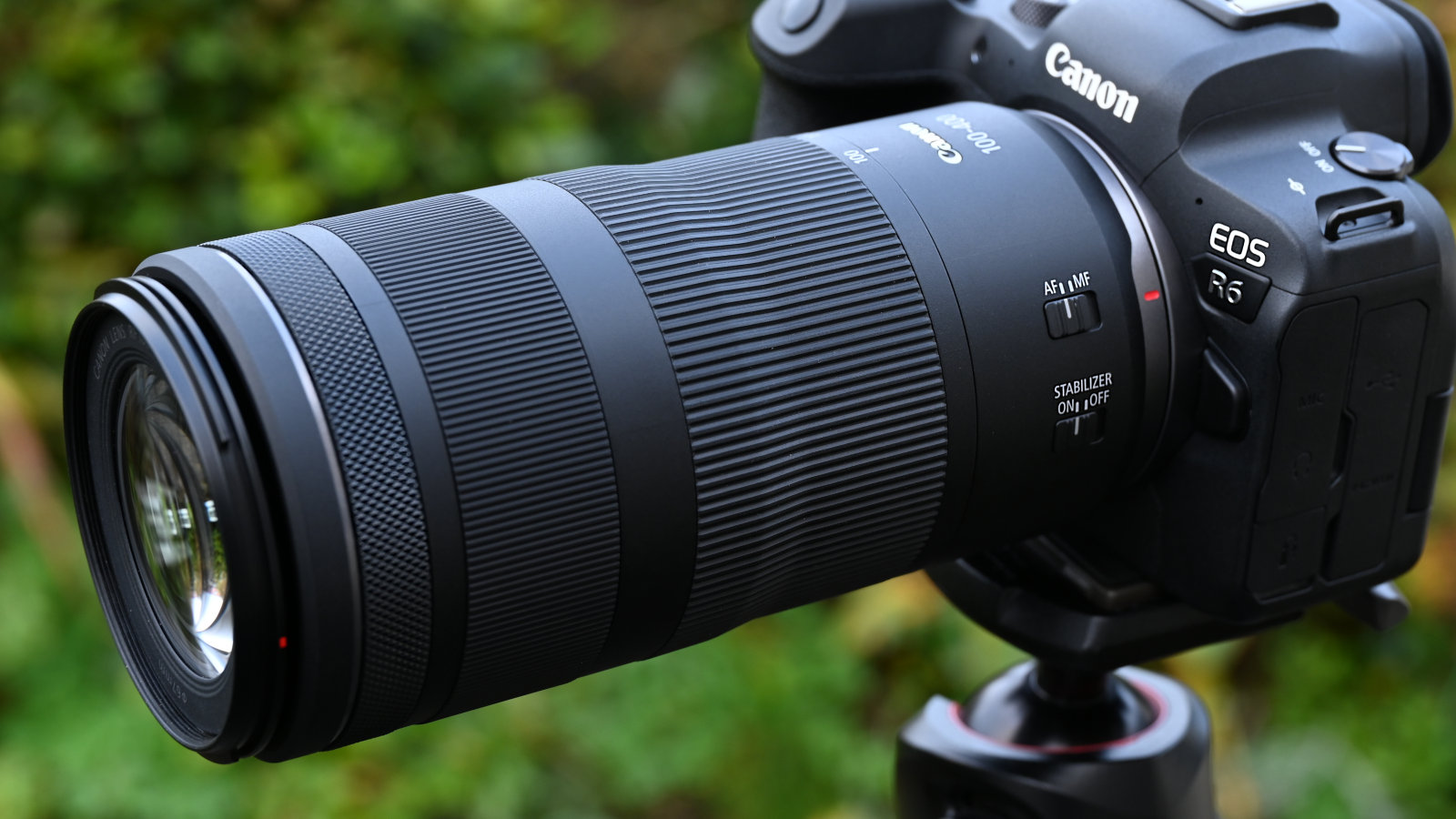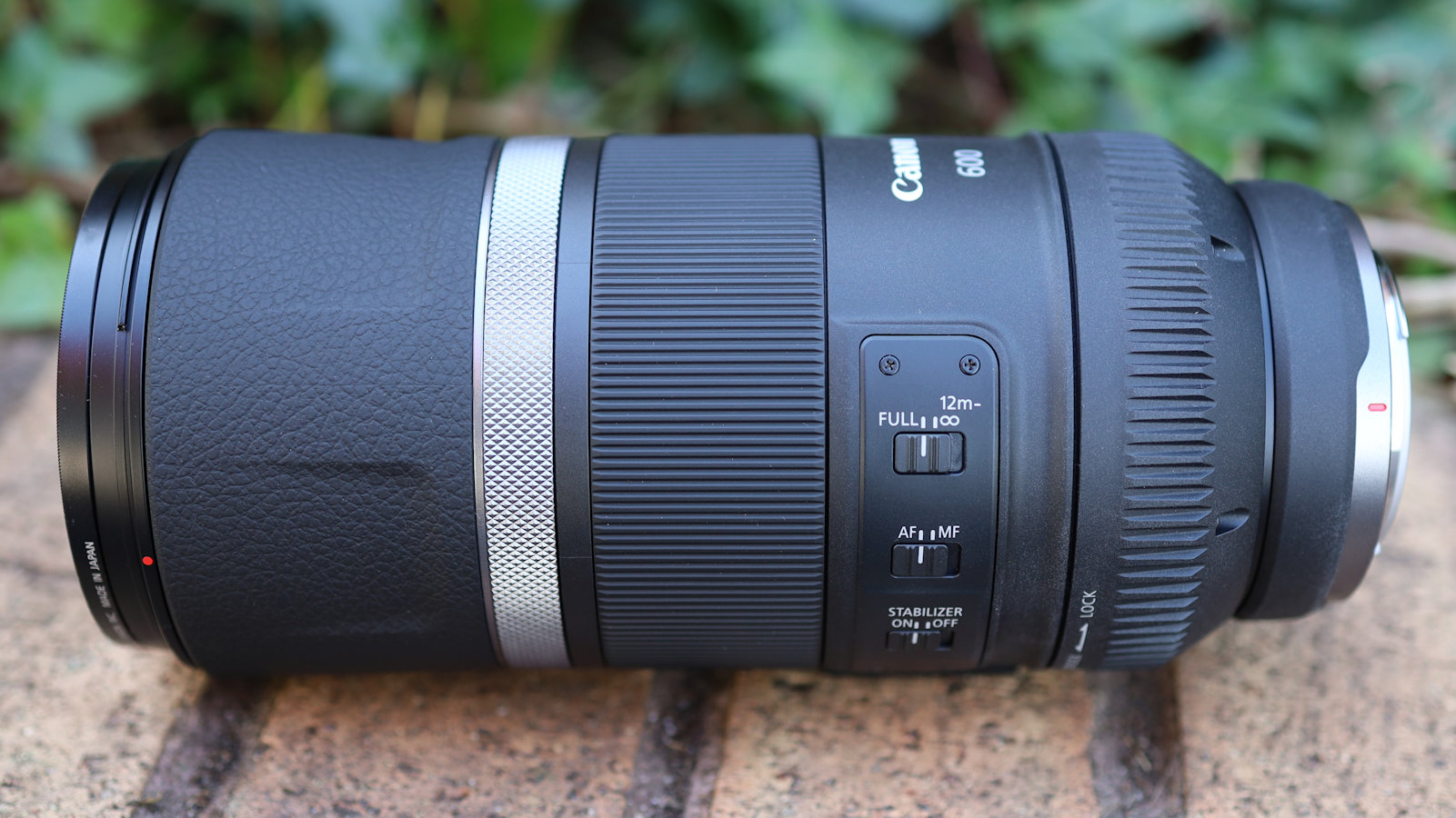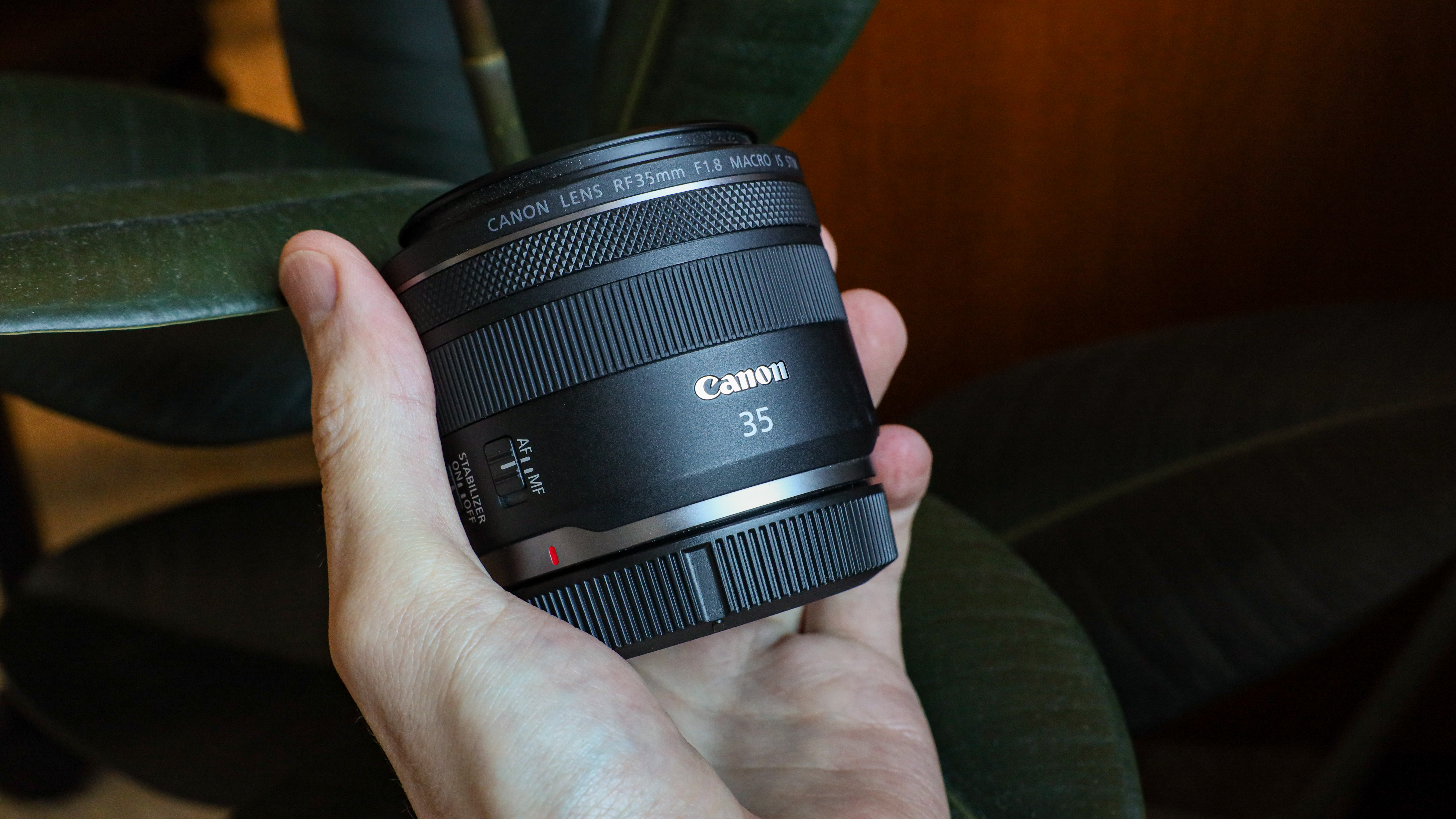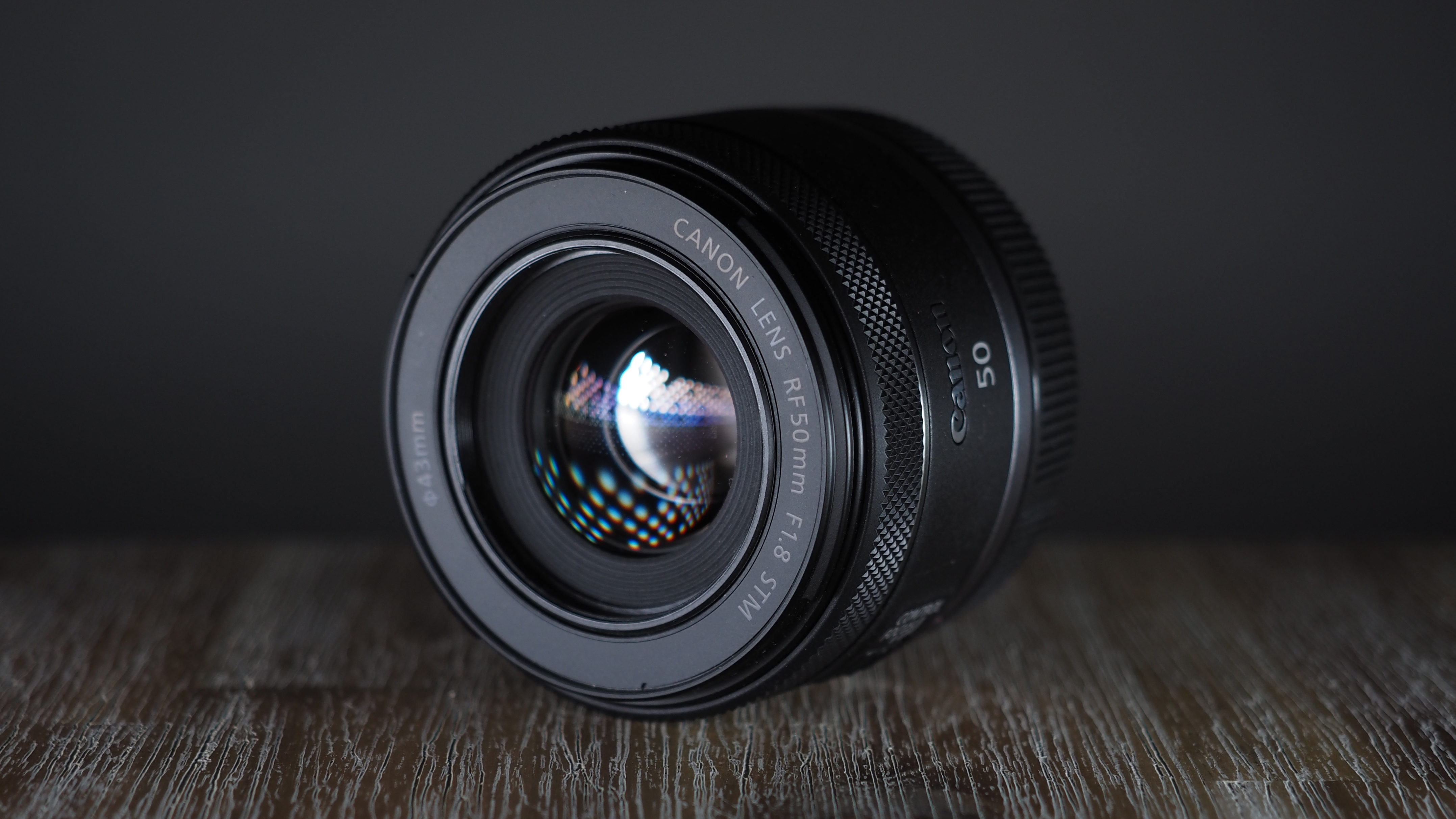The best lenses for the Canon EOS R7: smart options for Canon's best APS-C mirrorless camera
Right now, these are the best lenses for the Canon EOS R7, Canon's flagship APS-C mirrorless camera.
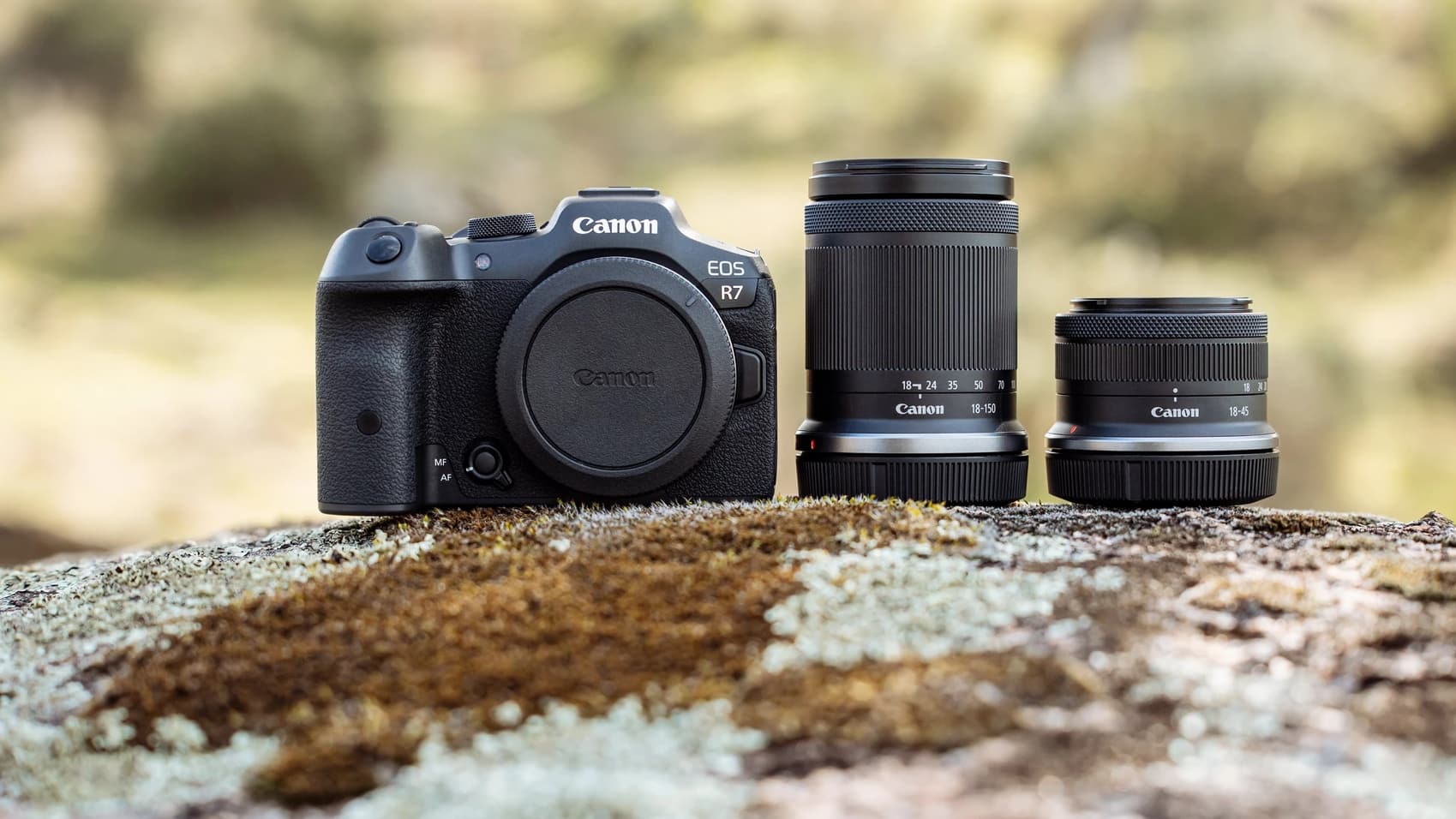
If you're like me, choosing the best lenses for the Canon EOS R7 isn't completely straightforward. That's because Canon is still building out its lens system for this APS-C EOS R camera. While there are a few lenses designed specifically for the R7’s smaller sensor, for anything else you'll need to fall back on Canon's extensive range of full-frame RF lenses.
Even so, I feel that many of these actually play to the EOS R7's strengths. Its high-speed burst shooting and sophisticated autofocus make it really well suited to wildlife and sports photography, and the crop factor of the smaller sensor means that Canon's full-frame telephotos gain a further 1.6x effective focal length, or reach. It's already one of the best Canon cameras for sports and wildlife, and we expect it to become popular for a wider range of subjects as more RF-S lenses are added to the line-up.
In my list of lenses below, I quote the equivalent focal lengths for all these lenses so that you can get an idea of their effective reach in full-frame terms, when fitted to the EOS R7. The best Canon RF lenses are not all expensive, either, and many will fit within the budgets of beginners and enthusiasts.
I quote Canon's claimed stabilization figures, where available, for these lenses, but these don't take into account the extra in-body stabilization of the EOS R7. This can further increase the stabilization effect.
Incidentally, it's easy to distinguish Canon RF lenses designed for these two different sensor formats. Full frame lenses have 'RF' in the name, while dedicated. APS-C lenses have 'RF-S' in the name.
I have included several full-frame RF lenses in our list, partly because these are already a good match for the EOS R7, and partly because Canon seems keen to get users to upgrade to full-frame in the future, so any full-frame lenses you buy now will also work if you follow the full-frame route. So let's get to the list!

Rod is an independent photography journalist and editor, and a long-standing Digital Camera World contributor, having previously worked as DCW's Group Reviews Editor. He has used practically every interchangeable-lens camera launched in the past 20 years, from entry-level DSLRs to medium-format cameras, so he has the expertise to select the best Canon lenses for you.
The Quick List
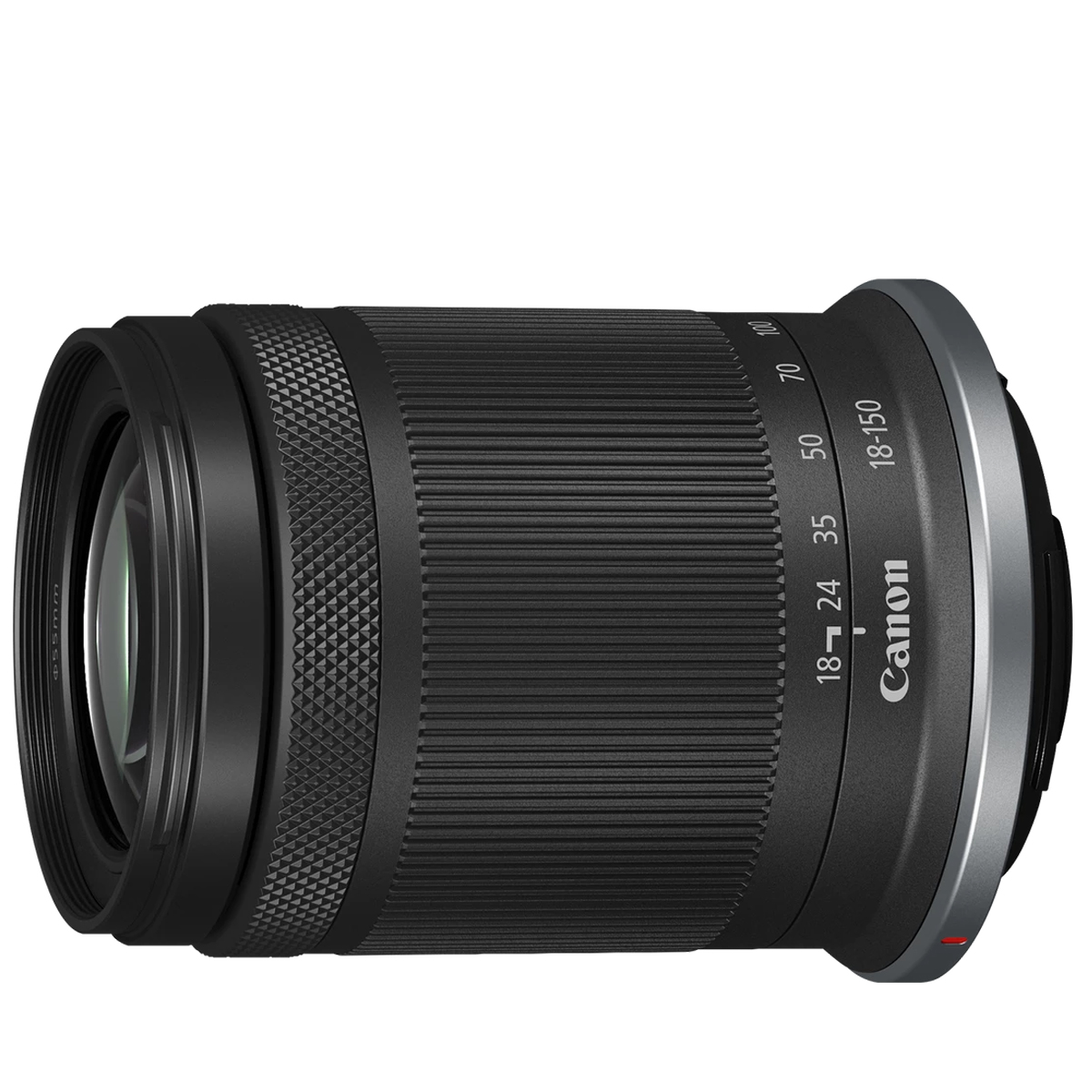
Canon’s recommended kit lens for the R7 is a great choice to start your collection, with an extended zoom range for bags of versatility. Read more below…
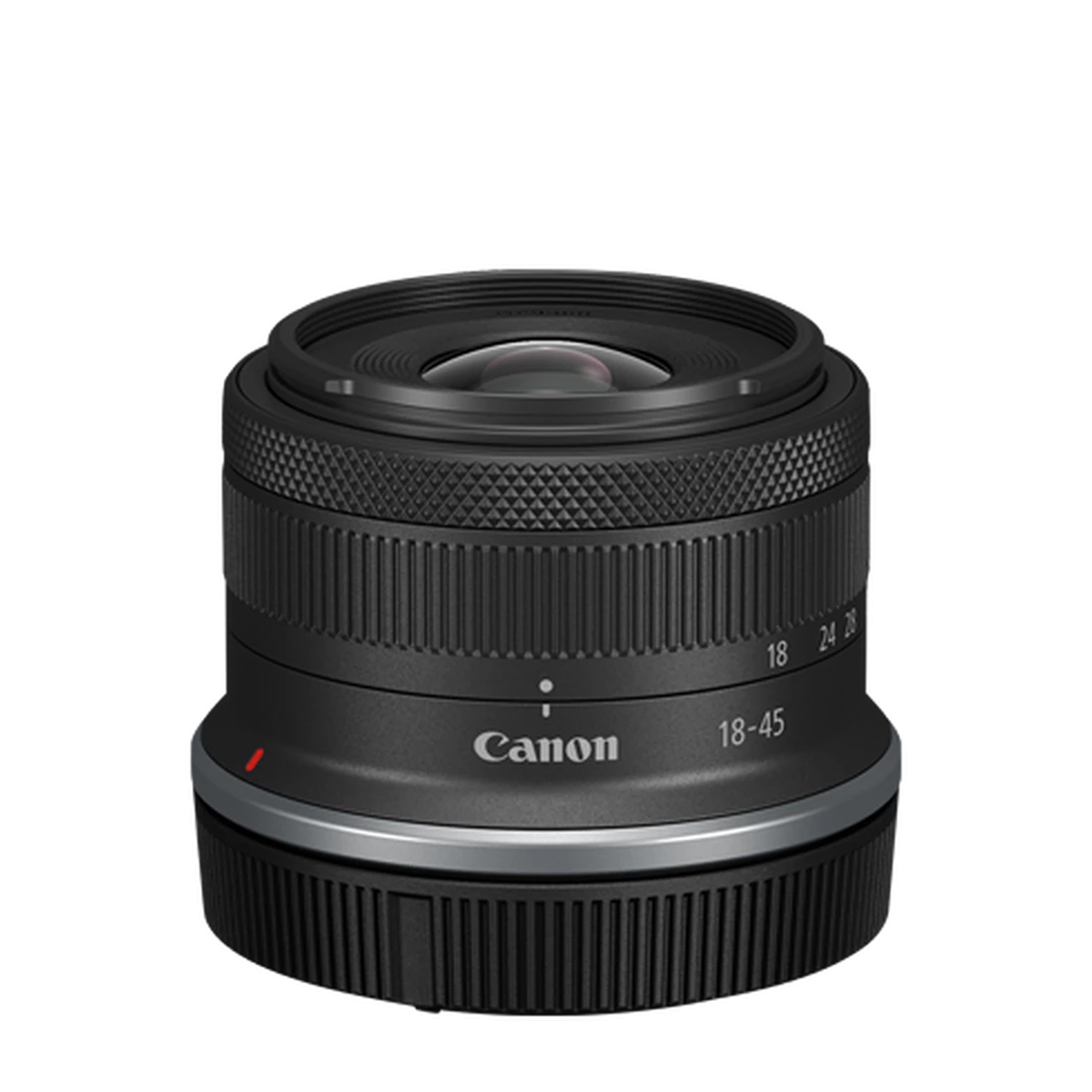
This lens has a shorter focal range, but it provides a nice balance of flexibility and weight that makes it a strong carry-around choice. Read more below…
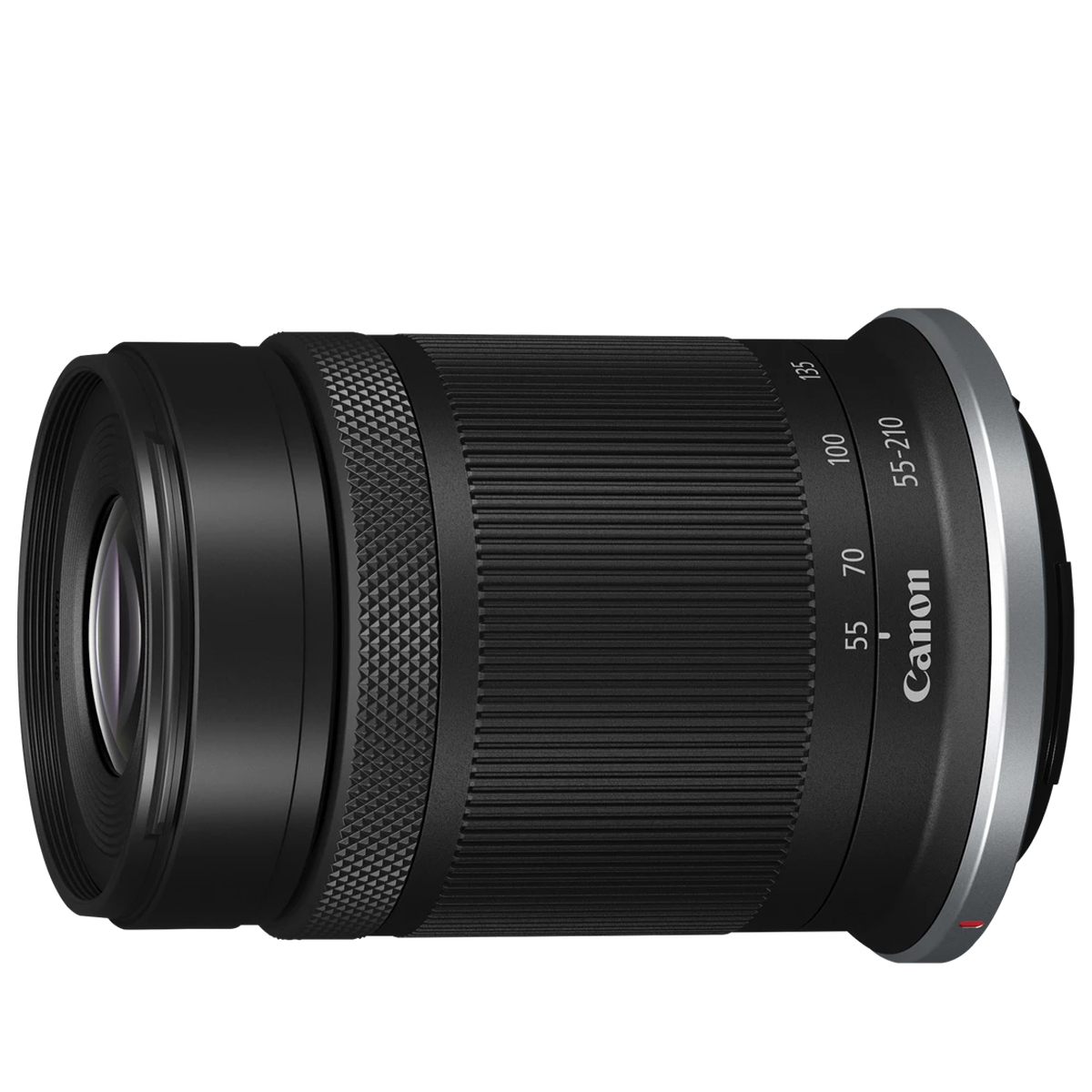
Designed for use with APS-C cameras such as the R7, this telephoto gives you a broad focal range at an affordable price. Read more below…
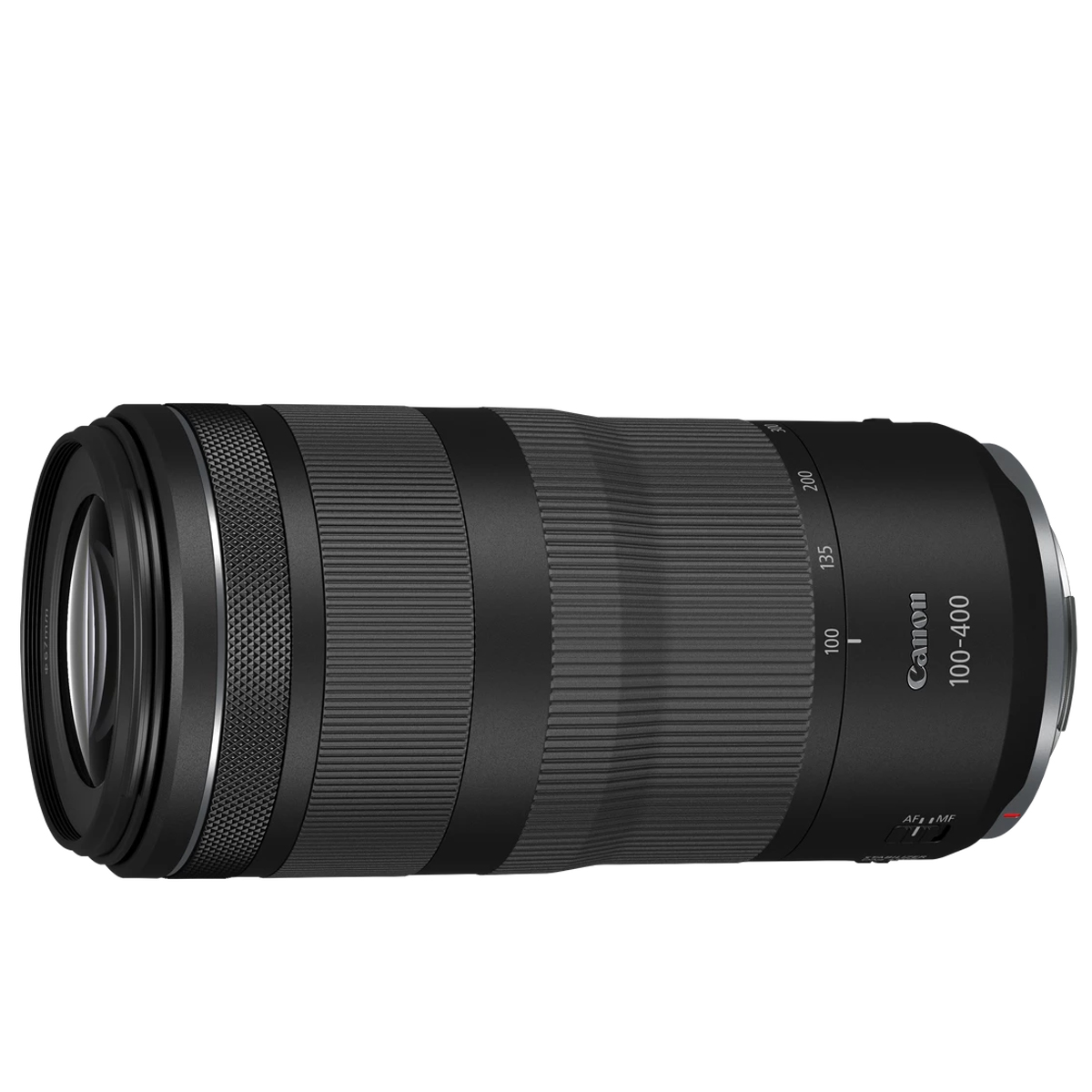
When you’re shooting sports or wildlife, some extra reach really comes in handy – and this super-tele zoom certainly delivers that. Read more below…

The APS-C sensor in the R7 means this telephoto has an effective focal length of an extraordinary 960mm. Read more below…
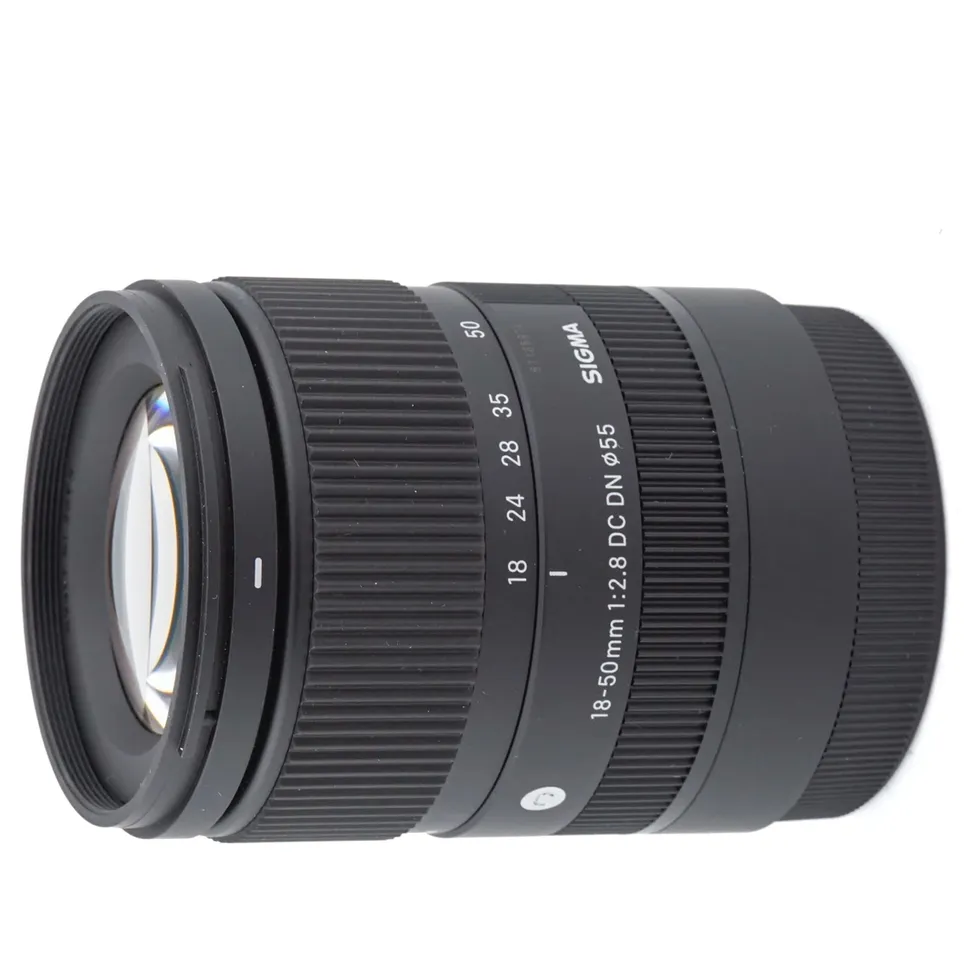
I love the relatively fast and constant f/2.8 aperture rating of this Sigma standard zoom, and that it's still fairly compact. Read more below…
View the full list ⤵
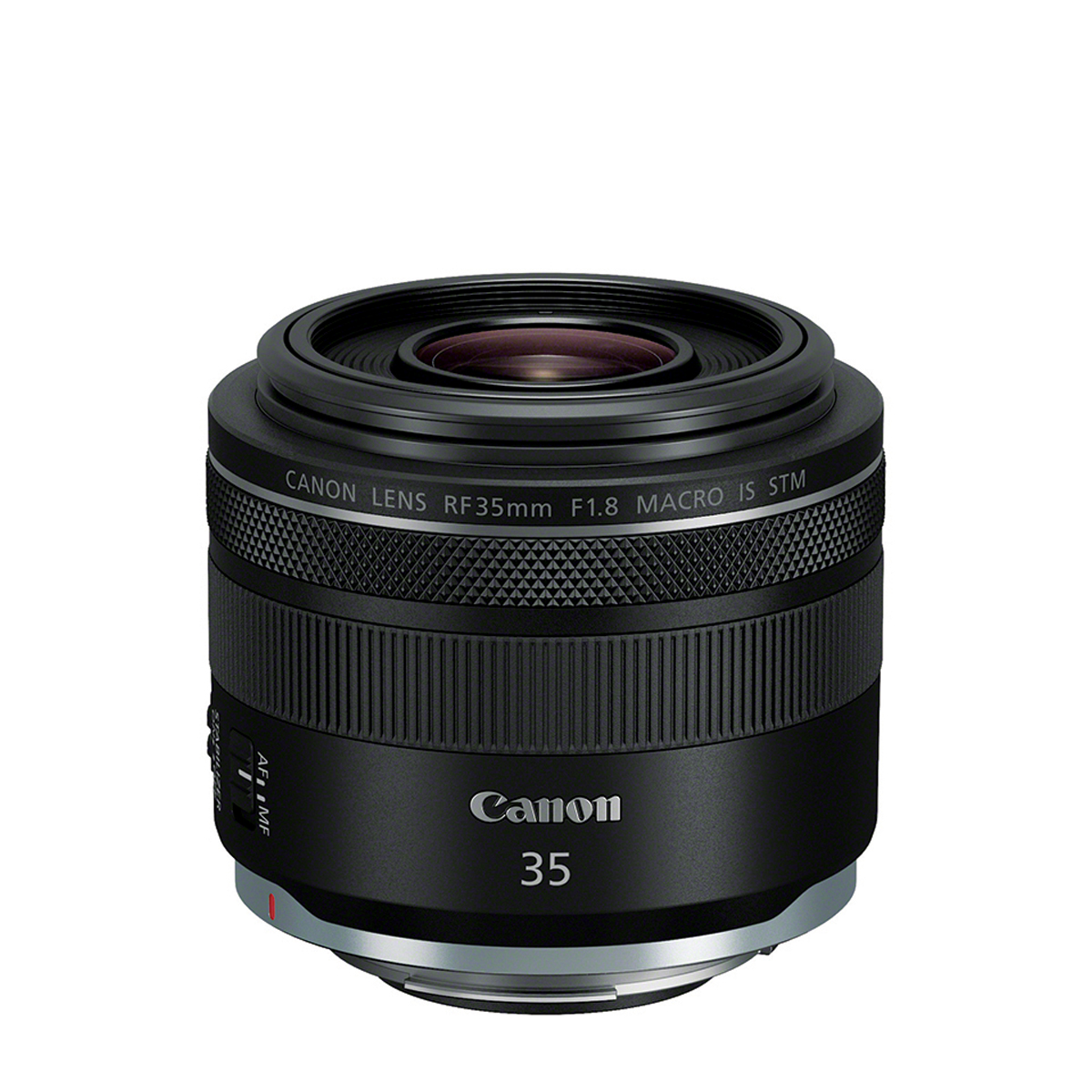
This is a great choice for general photography, delivering optical quality, a wide aperture and even a macro shooting option. Read more below...
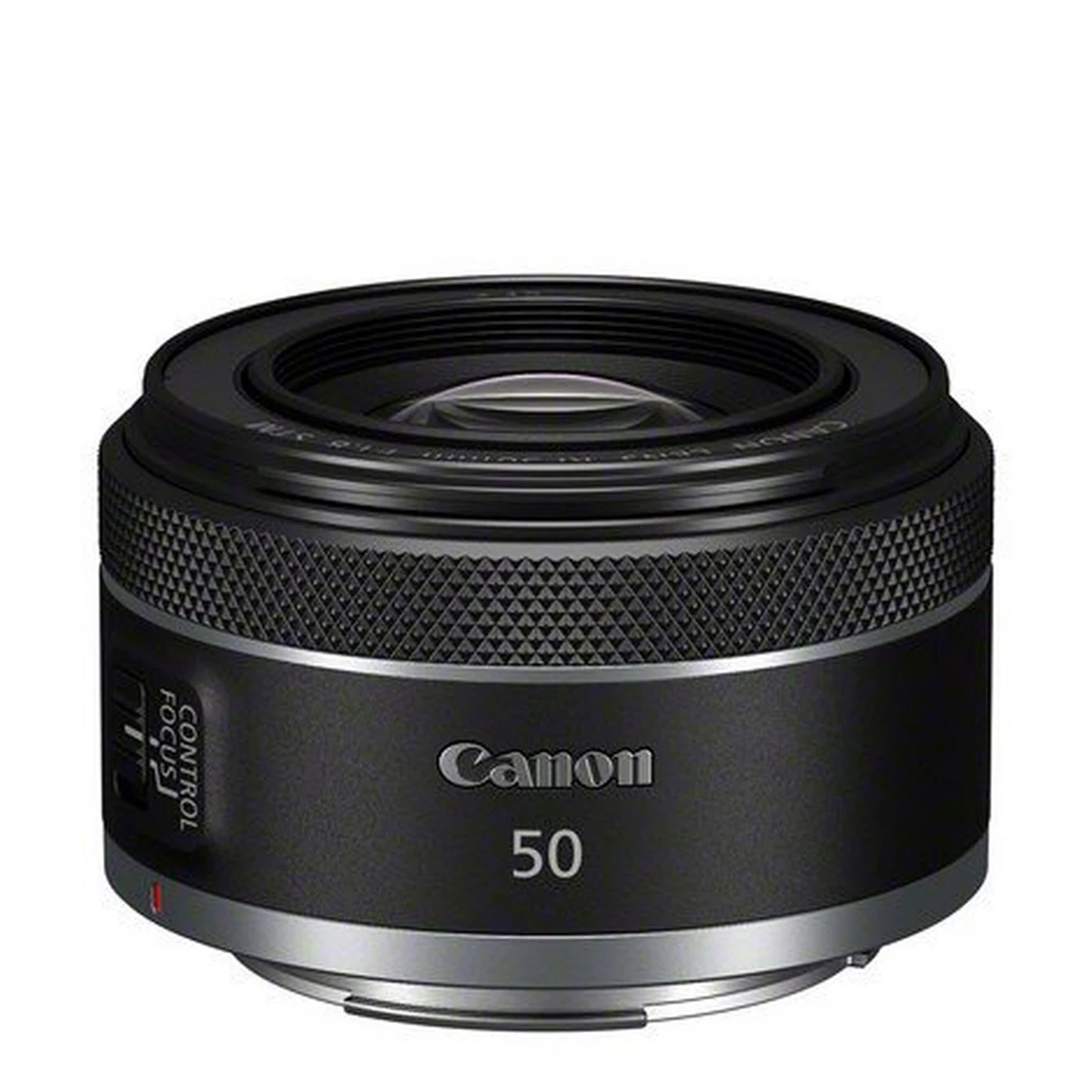
On the R7, this prime has an effective focal length of 80mm, which makes it a brilliant choice for portraits – and the price is right. Read more below…
The best lenses for the EOS R7
Why you can trust Digital Camera World
Best starter lens for the R7
Specifications
Reasons to buy
Reasons to avoid
This is the lens usually sold as a 'kit lens' with the EOS R7, but if you bought this camera body-only, it's still worth considering as an additional purchase. It makes a great extended-range standard zoom, going all the way from 29mm equivalent up to an impressive 240mm equivalent – that's medium telephoto territory. It's an extremely versatile lens, and light to carry around too.
The only downsides are a fairly limited f/6.3 maximum aperture at full zoom, a lack of weather seals and only average corner sharpness. We expect some optical compromises in a long range standard zoom, though, and the Canon RF-S 18-150mm f/3.5-6.3 IS STM performs well above the average for a lens of this type.
Read more: Canon RF-S 18-150mm f/3.5-6.3 IS STM review
Best everyday lens for the R7
Specifications
Reasons to buy
Reasons to avoid
The EOS R7 is normally sold with the Canon RF-S 18-150mm f/3.5-6.3 IS STM lens above, but this Canon RF-S 18-45mm f/4.5-6.3 IS STM kit lens is a very interesting option for anyone who wants to travel light or just save some money. It jas a shorter 29-72mm effective focal range, but that's likely to be fine for most casual shooting and travel photography, say, and it makes for a very light and compact combination when fitted to the EOS R7.
There are downsides. The f/4.5-6.3 maximum aperture range is very limited for a kit lens – traditionally, these have always been around f/3.5-5.6. This lens also relies heavily on digital corrections, so while these are applied automatically for in-camera JPEGs, if you shoot raw you will need raw software with a suitable lens correction profile (Lightroom is fine). It's not a fault, just something to be aware of. Digital corrections are standard on most mirrorless lenses these days, and on many Canon RF lenses.
Read more: Canon RF-S 18-45mm f/4.5-6.3 IS STM review
Best telephoto zoom lens for the R7
Specifications
Reasons to buy
Reasons to avoid
After a kit lens, most camera users look for a telephoto zoom to extend their shooting opportunities, and the Canon RF-S 55-210mm f/5-7.1 IS STM is designed specifically for Canon's APS-C EOS R cameras, and the EOS R7 is of course included in that.
It's a light, affordable and effective telephoto zoom which actually offers an impressive 336mm effective maximum focal length – this really is a pretty long range zoom. It's not weather sealed, though, and there's no lens hood (there often isn't with Canon lenses) so don't go standing too long in the rain. The f/7.1 maximum aperture is also on the slow side, though today's advances in ISO performance and noise reduction make this less of an issue than it might have been in the past.
Read more: Canon RF-S 55-210mm f/5-7.1 IS STM review
Best superzoom lens for the R7
Specifications
Reasons to buy
Reasons to avoid
While the Canon RF-S 55-210mm f/5-7.1 IS STM is a decent 'starter' telephoto, the Canon RF 100-400mm f/5.6-8 IS USM is a much more serious proposition. It's designed to be an affordable telephoto zoom for Canon's full frame EOS R cameras, but works perfectly on the EOS R7 too, as the 1.6x crop factor gives this lens a huge 160-640mm effective focal range. It's like a 'super-telephoto' at a 'regular telephoto' price. The other advantage, of course, is that if you move up to a full frame Canon later, this lens will work fine with that too.
As is often the case with Canon lenses, though, a lens hood is a pricey extra. This lens has no weather sealing either, so if your chosen subjects mean standing outside for long periods in bad weather, you'll need to look at Canon's more expensive pro-orientated lenses.
Read more: Canon RF 100-400mm f/5.6-8 IS USM review
Best telephoto prime lens for the R7
Specifications
Reasons to buy
Reasons to avoid
If the reach of the Canon RF 100-400mm f/5.6-8 IS USM is still not enough for you, then take a look at the rather remarkable Canon RF 600mm f/11 IS STM. Don't be put off by that small-looking fixed aperture – it's amazing what a bit of ISO boosting and the lens's built-in IS can achieve, even in poor lighting.
This lens, and the Canon Canon RF 800mm f/11 IS STM are unique as supertelephoto prime lenses within the budgets of ordinary photographers – Canon's pro supertelephoto primes cost 15x more! The stabilization is effective and the optical performance is surprisingly good. The best thing of all, though, is the 960mm effective focal length on the EOS R7. Nowhere else will you get this kind of magnification at this price.
Read more: Canon RF 600mm f/11 IS STM review
Best standard zoom lens for the R7
Specifications
Reasons to buy
Reasons to avoid
The Sigma 18-50mm f/2.8 DC DN offers a constant f/2.8 aperture, unlike the competing Canon standard zoom, with a classic 3x zoom range for this class of lens. The Sigma is smaller than you’d expect given its constant maximum aperture yet the build quality is very good – and it’s weather-resistant as well.
The autofocus system is super-fast and virtually silent, and I was impressed by the quality of the images. It's very much like a 'trinity' standard zoom, downsized from full-frame to APS-C format, and very good value at the price.
Read more: Sigma 18-50mm f/2.8 DC DN | C review
Best standard prime lens for the R7
Specifications
Reasons to buy
Reasons to avoid
Canon does make some very affordable, very good prime lenses for its full frame cameras, and we've picked out a couple as being particularly interesting for EOS R7 owners. The first is the Canon RF 35mm f/1.8 Macro IS STM, which is tempting for a number of reasons.
The first is the focal length, which equates roughly to a classic 'nifty fifty' standard lens; the second is the fast f/1.8 maximum aperture, which is good at this price; the third is the built in IS (though we never get close to Canon's claimed 5-stop compensation); and the fourth thing is its 0.5x close-focusing capability. It's not a true 1x macro lens, but it focuses way closer than regular lenses. Here's another lens that's going to be just as useful if you upgrade to a full frame camera later.
Read more: Canon RF 35mm f/1.8 Macro IS STM review
Best portrait photography lens for the R7
Specifications
Reasons to buy
Reasons to avoid
Designed as a 'nifty fifty' for full frame EOS R cameras, the Canon RF 50mm f/1.8 STM becomes even more interesting on the EOS R7, where the APS-C crop factor gives it an effective 75mm focal length. This, combined with the fast f/1.8 maximum aperture, makes it a near-perfect 'portrait' lens for the EOS R7.
This lens is super-cheap, but there's nothing to give that away in either its construction or its optical performance. The one thing to keep in mind is that there's no in-built stabilization – but then the EOS R7 has IBIS anyway, so that's not really a worry either.
There's no lens hood or weather sealing, as usual with Canon's lower-cost lenses, but the lens mount is metal and you still get Canon's handy focus/control ring, just as you do on its other lenses.
Read more: Canon RF 50mm f/1.8 STM review
Lab data and comparisons
The graphs below show the comparative performance of the lenses in this guide, based on our in-house lab tests. Levels of sharpness are generally very good, although the RF-S 55-210mm is little less impressive. The RF-S 18-45mm doesn’t perform so well for color fringing and distortion but these issues are taken care of by automatic in-camera correction, as with many lenses designed for mirrorless cameras.
Scores for sharpness and color fringing are averaged from data taken across the entire image frame, from the center to the edges and corners, throughout the aperture range. For zoom lenses, the scores are also averaged from data measured at all marked focal lengths, and the same applies to distortion. Bear in mind that these average values don't fully reflect specific areas of performance. For example, a zoom lens might have noticeable barrel and pincushion distortion at its shortest and longest focal lengths respectively, which tends to average out when looking at the data overall. For more detailed graphs of each lens's performance, which give the full picture, check out the graphs in our full standalone lens reviews.
How to choose the best lens for the Canon EOS R7
Do all Canon lenses fit the R7?
The R7 uses the Canon RF mount, which means it works with all RF and RF-S lenses. RF-S lenses are tailored for use with APS-C Canon cameras such as the R7, while RF lenses are more geared towards full-frame cameras, but still work on the R7.
The R7 can also use Canon's older EF and EF-S lenses for DLSRs, but you have to buy a Canon Mount Adapter EF-EOS R to fit the lenses.
The R7 can’t use EF-M lenses, which are made for the Canon EOS M series of cameras. No adaptor has been released for EF-M lenses.
How do I know which lens to get for my R7?
The reason there are so many types of lens in the first place is that different scenes demand different lens designs, particularly when it comes to focal length and aperture rating.
Usually, you will decide what you want to photograph, then get a lens with the focal length that suits the situation. For example, to shoot landscapes you will need a wide-angle lens, while for sports and wildlife you will need a telephoto.
You can watch this video that explains focal length: it helps you work out what kind of lenses you need for different genres of photography.
How we test lenses
The lens experts in our testing lab run a range of tests under controlled conditions, using the Imatest Master testing suite. Photos of test charts are taken across the range of apertures and zooms (where available), then analyzed for sharpness, distortion and chromatic aberrations.
We use Imatest SFR (spatial frequency response) charts and analysis software to plot lens resolution at the centre of the image frame, corners and mid-point distances, across the range of aperture settings and, with zoom lenses, at four different focal lengths.
There's more to it than just the technical side, though! Beyond the lab, our reviewers test lenses in real-world environments – and sometimes on professional shoots! We work with lenses both indoors and outdoors, in studio conditions and in natural light, with as many different subjects as is possible (or appropriate – there's no point testing a landscape lens' ability to shoot a portrait!).
We take into account everything from handling and ease of use to speed of autofocus and the overall quality of the images produced.
Find out more about how we test and review on Digital Camera World
The best camera deals, reviews, product advice, and unmissable photography news, direct to your inbox!

Rod is an independent photography journalist and editor, and a long-standing Digital Camera World contributor, having previously worked as DCW's Group Reviews editor. Before that he has been technique editor on N-Photo, Head of Testing for the photography division and Camera Channel editor on TechRadar, as well as contributing to many other publications. He has been writing about photography technique, photo editing and digital cameras since they first appeared, and before that began his career writing about film photography. He has used and reviewed practically every interchangeable lens camera launched in the past 20 years, from entry-level DSLRs to medium format cameras, together with lenses, tripods, gimbals, light meters, camera bags and more. Rod has his own camera gear blog at fotovolo.com but also writes about photo-editing applications and techniques at lifeafterphotoshop.com
